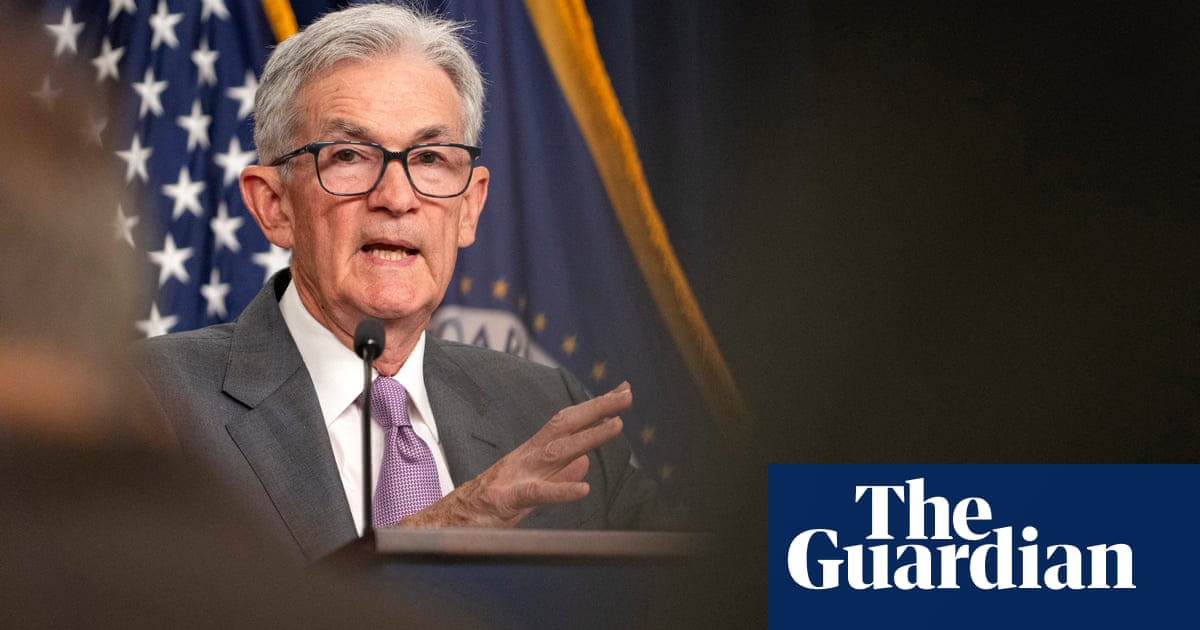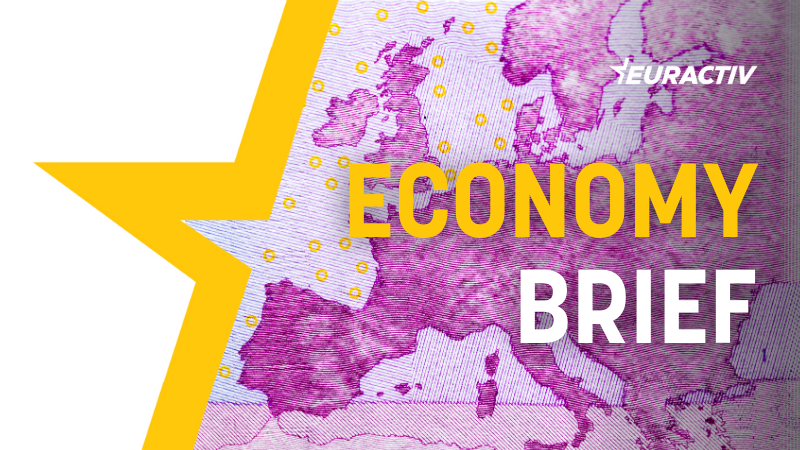Bussiness
‘Time has come’ for US Federal Reserve to cut interest rates, says Powell

“The time has come” for the US Federal Reserve to cut interest rates, its chairman declared, hailing progress in the battle to bring down inflation from its highest level in a generation.
With price growth now on a “sustainable” path back to normal levels, Jerome Powell signaled that the central bank was ready to start reducing rates from next month.
The US labor market – which rapidly recovered from the damage inflicted during the early months of the Covid-19 crisis, adding millions of jobs – now faces greater “downside risks”, he acknowledged. Unemployment ticked up last month.
But Powell expressed confidence that there was “good reason” to believe inflation could retreat further without damaging the world’s largest economy – if the Fed now acts.
“The time has come for policy to adjust,” Powell told an annual symposium for central bankers at Jackson Hole in Wyoming on Friday. “The direction of travel is clear, and the timing and pace of rate cuts will depend on incoming data, the evolving outlook, and the balance of risks.”
Two years ago, when inflation was soaring during the pandemic, policymakers at the Fed scrambled to cool the US economy by raising rates to a two-decade high. Now price growth is falling back – it rose at an annual rate of 2.9% in July, having faded from a peak of 9.1% in June 2022 – they are preparing to cut rates, but have yet to do so.
Officials hope to guide the US to a so-called “soft landing”, whereby inflation is normalized, and recession avoided. The Fed’s target of inflation is 2%.
The central bank’s next rate-setting meeting is due to take place in September, when it is widely expected to cut rates for the first time since Covid-19 took hold four years ago.
In contrast to Powell’s comments, the governor of the Bank of England, Andrew Bailey, warned the UK economy still faced risks from high inflation that may require interest rates to remain higher for longer.
“It is too early to declare victory,” he told the Jackson Hole summit on Friday. “We need to be cautious because the job is not completed – we are not yet back to target on a sustained basis.”
The UK central bank cut interest rates for the first time since the Covid pandemic earlier this month, with a quarter-point reduction in borrowing costs to 5%. The European Central Bank also cut interest rates in June, but has since held its main policy rates unchanged.
UK inflation rose above the Bank’s 2% target in July, hitting 2.2%. The Bank has warned UK inflation could peak at about 2.75%, before falling back below target within two years’ time.
However, Bailey warned there were risks of “permanent” inflationary pressures amid structural changes in the jobs market. The pound rose by about 1% against the US dollar on international currency markets to about $1.32 after the comments by both central bankers.
In recent months, critics of the Fed have accused the central bank of sitting on its hands and derailing the US economy, amid unease over its direction. An unexpectedly weak jobs report for July, which came a day after the Fed again chose to hold rates steady, sparked a fleeting global sell-off.
There has been an “unmistakable” cooling in conditions in the labour market, Powell observed at Jackson Hole on Friday, noting how job creation had slowed, vacancies fallen and wage gains moderated. “We do not seek or welcome further cooling in labor market conditions.”
after newsletter promotion
The Fed would “do everything we can” to support the labor market as it cuts rates, he said. “With an appropriate dialing back of policy restraint, there is good reason to think that the economy will get back to 2% inflation while maintaining a strong labor market.”
Stocks rose as he spoke. The benchmark S&P 500 increased 0.8% and the technology-focused Nasdaq Composite gained 1%.
On Wall Street, analysts and economists have spent months attempting to predict how quickly, and how much, the Fed will end up cutting rates.
The Fed has “waited far too long”, according to Ian Shepherdson, chief economist at Pantheon Macroeconomics, who described the shift in the central bank’s tone since its June meeting – when it also held rates – as “startling”.
“Today’s speech is welcome, but it would have been much better for the economy if the Fed had put rather less weight on a few disappointing inflation prints and had eased in June,” said Shepherdson. “March would have been even better, but policymakers have been so determined not to be caught out by unexpected inflation again that they have waited until the risk has become vanishingly small.”
During his speech on Friday, Powell harked back to 2021, when he – and many economists – argued that inflation was a “transitory” consequence of supply and demand fluctuations triggered by the pandemic, restrictions and lockdowns.
“The good ship Transitory was a crowded one, with most mainstream analysts and advanced-economy central bankers on board,” he recalled. Central banks including the Fed have faced criticism for their early analysis of inflation’s surge.









